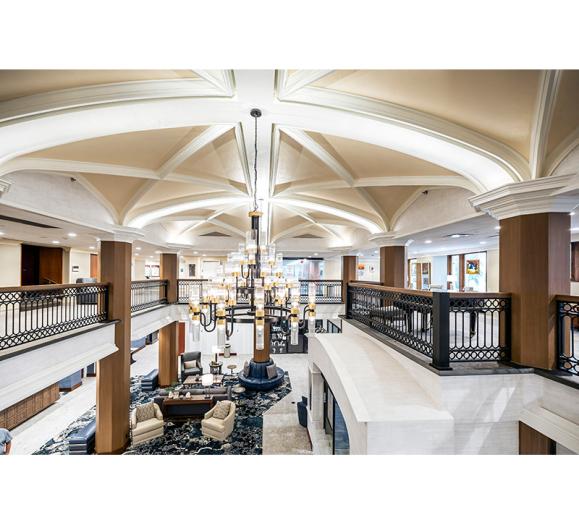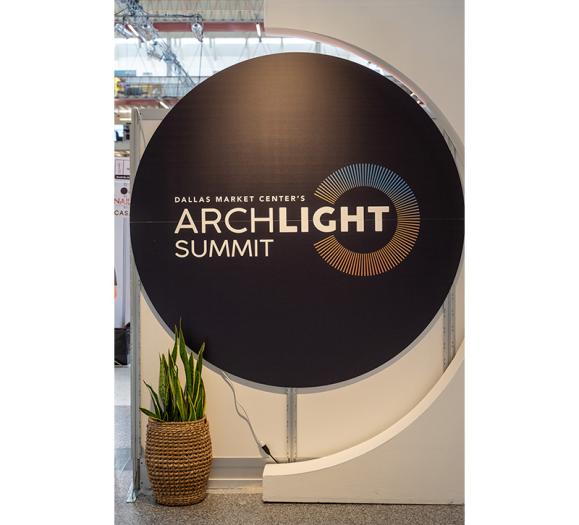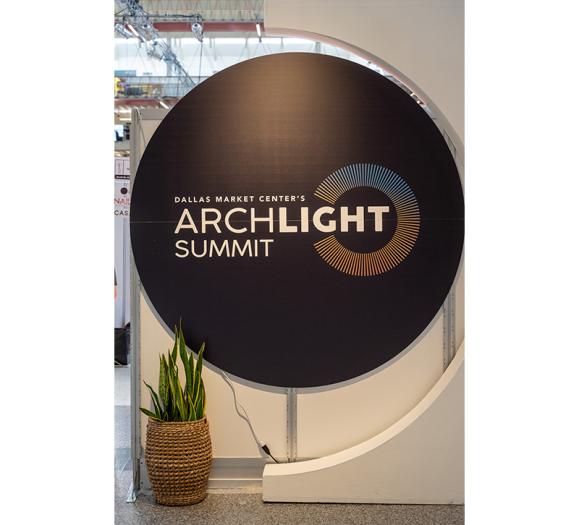TIP 1: Create a sense of welcome
When people walk in your front door you want to give them a good first impression. You want them to feel invited in. People are naturally drawn to light, so it’s easy to entice them to come inside. Typically what you have is a decorative fixture mounted in the center of the ceiling. If this is the only source of illumination, it can tend to be overly bright, creating glare. Consider adding other types of light, like accent lighting and indirect lighting, to create a more hospitable space.
TIP 2: Size matters
Often people install decorative fixtures that are too small in scale. It’s hard to tell if a fixture you see in a lighting showroom or a big box store will be the right size. It’s especially hard shopping online. I like the websites and catalogues that show the fixtures installed so that you can see how they look in relationship to typical pieces of furniture. Here’s a good rule of thumb for selecting the correct scale of decorative ceiling fixture for your entryway (or any room in your house): Add the length and width of the room and use this number as the necessary diameter of the fixture. For example, if you have an entry that is 10 feet by 12 feet, then your fixture should be 22 inches in diameter. I tend to scale up a little and would look for something in the 24-inch-diameter range.
If you have a low ceiling, choose a decorative fixture that hangs close. Even though it’s tight to the ceiling, that doesn’t mean that it has to be little. Be bold, go big.
TIP 3: Don’t stop there
As I mentioned before, the ceiling fixture should not be the only source of illumination. Good lighting design involves light layering. In addition to decorative lighting, you need other types of light such as accent lighting and ambient lighting.
Accent lighting highlights objects in the space, including art, tabletops, sculpture and flower arrangements. This helps create depth and dimension, which is especially important for small entryways. These illuminated features pull people in. Think of it as a little mini gallery space. It’s really a pass-through area that people linger in for only a short amount of time, but it does set the tone for the rest of the house.
Recessed adjustable fixtures offer a low-profile way of providing accent lighting. There are remodel versions that allow these to be installed into existing ceilings. A tool called a hole saw cuts a 4-inch or smaller hole in the sheetrock. The recessed fixtures are then installed neatly into those holes. The wiring is fed above the ceiling line, using the new openings as an access. The electrician then uses a right-angle drill to feed wires through the joists when needed. These days, I’m recommending the use of 120V LED mini-reflector bulbs, called GU10 MR16s. These come in a variety of beam spreads, wattages and color temperatures. Since they’re line voltage, they don’t need a transformer, which makes them pretty cost effective. If there is no ceiling depth, such as a flat roof or a beamed ceiling, then you can use track lighting, a rail system or individual mono-points.
Ambient lighting is just as important here as it is in any other room in the house. This is also called indirect lighting. By bouncing light off the ceiling you can soften the shadows on people’s faces, including your own.
There are numerous ways of creating ambient light. A more architectural way is to install a cove lighting detail on the wall just below the ceiling. Another way is to install wall sconces that are opaque so that they project up towards the ceiling. A do-it-yourself way would be to purchase a pair of torchieres (floor lamps with opaque shades).
Here’s the bottom line: If people look good, they feel good. And if cocktails are involved, everybody starts to look good.







